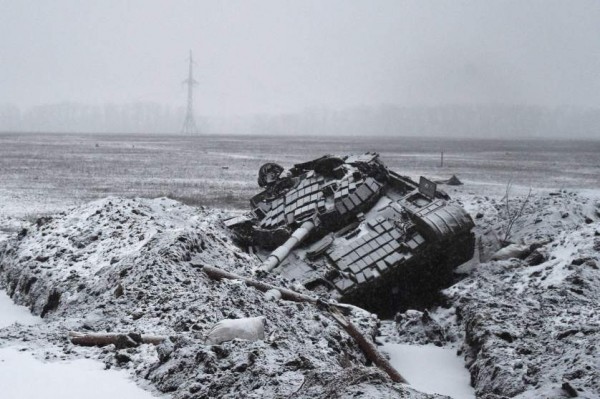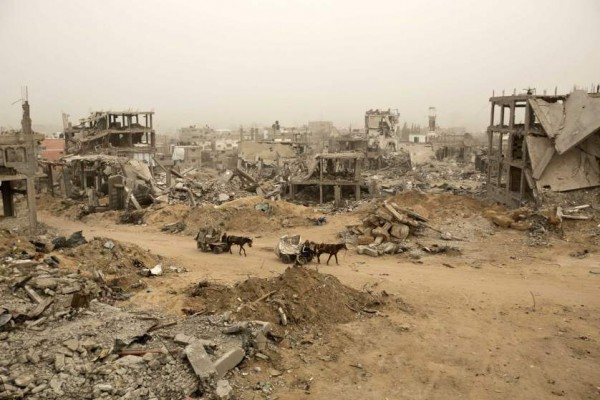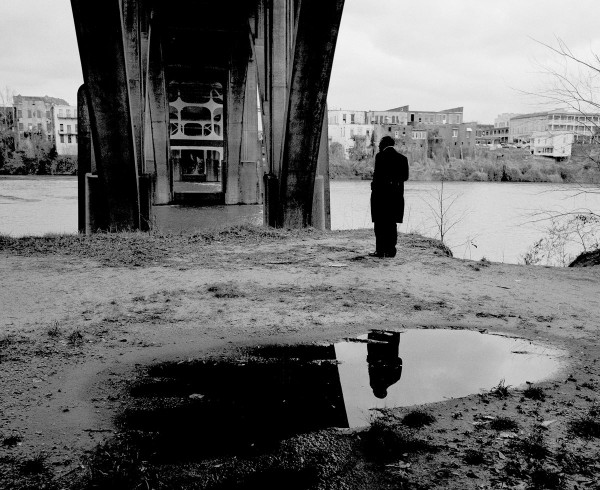Notes
The Problem With War is Not That it's Eternal, but That it's Persistent
Those who romanticize war tell us that it is eternal. The long, grey line; the camp fires glowing on the plain; the roar of battle, the loneliness of command–these and other verities are found in every era and clime. The weapons change, but war offers the same terrors, the same fraternity no others can understand, and the same hard truths about the human condition. There always has been war, there always will be war, and only fools think otherwise. Thus, the full honor due to those in battle today can be paid only by placing their memorial within the unbroken continuity and epic scale of myth.
This photograph from the Ukraine might seem to be a step in that direction. Taken only weeks ago, the cold, desolate steppe, abandoned, ruined weaponry, and grey scale tonality suggest that we are in World War II. The distant line of trees could have been there then, the metal tower looks like it could have been on a Soviet era propaganda poster, and few of us know enough about tank designs to see much difference there. This war, that war, any war. . . . The photo’s allusion to the past amplifies what is otherwise but a private catastrophe already lost to history. By setting this war within that war, now a ghostly presence like the fog in the background, the specific wreckage becomes part of a much larger tragedy.
What the photograph does not do, however, is romanticize war. It does not suggest that this war was inevitable or that character will be forged and tested or that valor will triumph. Instead of being a lesson in the need for constant vigilance, the photo cuts through the fog of romanticism to suggest that the result in any case is the same: more waste, loss, and oblivion that will lead only to another cycle of violence. War seems less like mythic ground, and more like a bad memory that just won’t go away.
Or for those still living in the war zone, a nightmare that persists after you wake up. This very different scene is another repetition of the same. Now the civic infrastructure supplies the wreckage, while the donkey carts take us back to another time long before tanks and airstrikes. This neighborhood in Gaza City is in ruins, and feels more empty for that than the open field in the first photo. This is another scene from Rubble World, which is the home front of our time.
Once again, the photograph places one war within prior wars: here we can see the line go through the bombed cities of WW II all that way back to the Roman occupation of Palestine. This war, that war, any war. The armies wreak their havoc, and those still alive struggle to live among the ruins, and perhaps history will be kind enough to rebuild again before another onslaught. Whatever the outcome, it remains very clear that there is no glory here, and never was, and never will be unless enough people can discover the heroism of peacemaking.
Two photos, two wars, and something more. Each image has respected the dignity of their subject, without allowing that respect to be hijacked–as it so often is–by the romance of war.
The problem with war is not that it is eternal, but that it is persistent. Like a traumatic memory, it haunts us, often to pull entire societies backwards into a time of darkness and agony. At least now perhaps we can begin to see that memory for what it is: the door though which war enters the future, where it will be waiting for our arrival.
— Robert Hariman
(cross-posted from No Caption Needed.)




Reactions
Comments Powered by Disqus